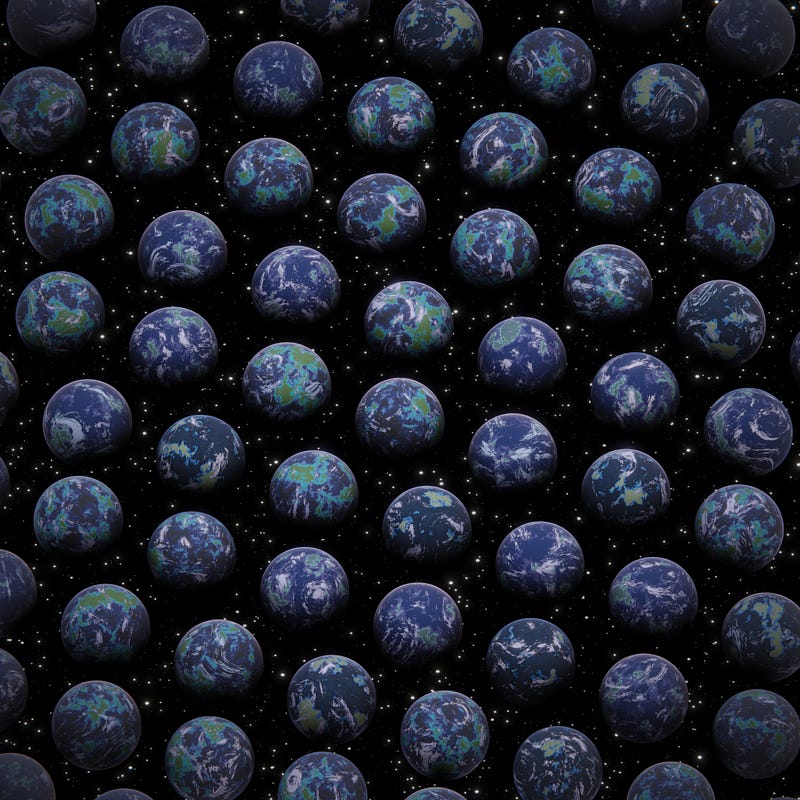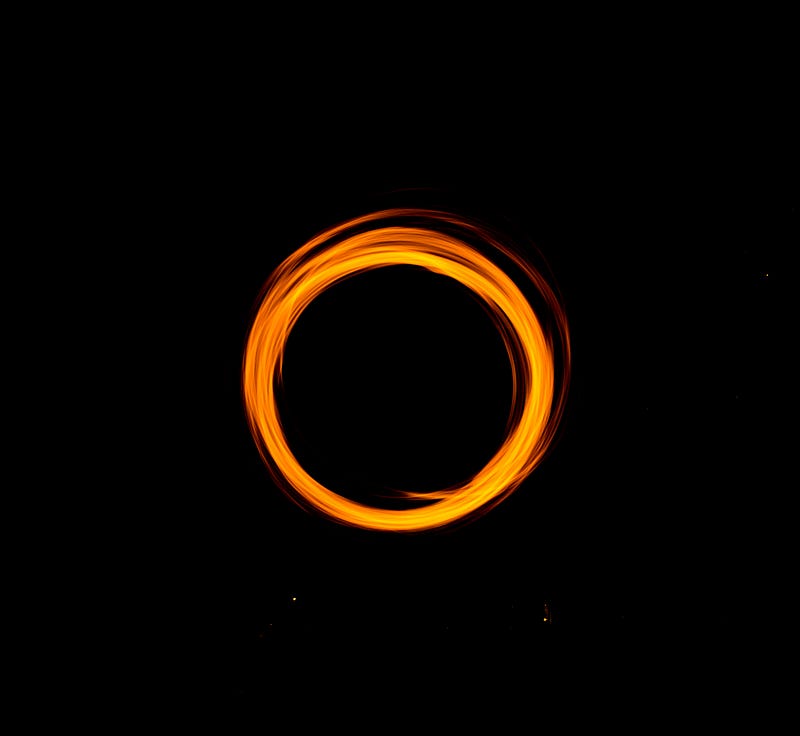Exploring the Enigmatic Concept of the Multiverse
Written on
Chapter 1: The Multiverse Concept
Is it possible that there are other universes similar to our own?

In recent times, have you caught up with Marvel's latest Spiderman movie or read a book that touches on the multiverse concept? Cosmologist George Ellis noted that the idea of parallel universes transitioned from the realm of fiction to scientific discourse in the 1990s. The theory of the multiverse can be truly astonishing when you comprehend just how minuscule our Earth—and by extension, our universe—are within this vast and infinite expanse.
Numerous physicists posit that various parallel universes exist within an endlessly expanding cosmic framework, each governed by its own unique set of physical laws. These alternate realities, often referred to as "quantum realities," lie beyond our observable universe. Critics argue that this concept leans more towards philosophy than science, as it is not directly testable.
Let’s embark on a journey to examine the multiverse theory and uncover how these seemingly disconnected universes function.
Section 1.1: Historical Perspectives on the Multiverse
The concept of infinite worlds was initially introduced by the philosopher Anaximander, who proposed a cyclical nature of creation and destruction of these realms. However, this notion gained traction in contemporary physics when Hugh Everett introduced the idea of "universe splitting." Since then, various physicists have developed different models of the multiverse to explain the many-worlds interpretation, ranging from exact duplicates to diverging timelines.
Subsection 1.1.1: Levels of the Multiverse

Max Tegmark proposed a hierarchy consisting of four distinct levels of multiverses.
1st Level: This foundational level suggests that our observable universe is not infinite but exists within a continuously expanding cosmic horizon. Alternate worlds or timelines may exist at this horizon. Tegmark refers to these infinite realms as "Hubble volumes," positing that a copy of our universe might be located 10^10115 meters away. The physical laws and constants in these regions are similar to ours, making this level the least controversial, as Ellis notes that nearly all cosmologists accept this model.
2nd Level: At this level, Tegmark theorizes that the second-tier multiverse encompasses an infinite number of first-level multiverses. As the universe expands, certain regions may stop expanding and form distinct bubbles. These bubbles can experience symmetry breaking, resulting in diverse physical constants and laws.
3rd Level: The third level posits that within a single Hubble volume, all potential outcomes exist concurrently. This controversial level suggests that quantum branches exist in an infinite-dimensional space. For example, if you were to roll a die, rather than landing on a single number, it could represent multiple realities, each corresponding to a different outcome.
4th Level: In this astonishing hypothetical model, Tegmark explores parallel universes that operate under entirely different laws of physics. This level exists beyond the conventional understanding of space and time, representing the "full realm of possibility," where all universes are equally real and can be described through various mathematical frameworks.
Section 1.2: The Scientific Validity of Multiverse Theory
Is there any validity to the multiverse theory?
As Siegfried notes, while we might argue that something untestable cannot be real, this merely reflects our current inability to test it. Although there is no conclusive scientific proof supporting this theory, it remains a philosophical hypothesis. Nonetheless, certain theories, like M-theory and black hole cosmology, offer intriguing evidence that may lend credence to the multiverse.
M-Theory: This theory operates within 10 or 11 dimensions of spacetime, suggesting that branes might harbor other universes.

Black Hole Cosmology: This model suggests that our observable universe resides at the center of a black hole, representing just one of potentially many universes in the vast expanse of space.
Arguments for Multiverse Theory
Our universe can be envisioned as a solitary bubble among countless others in an ever-expanding cosmic sea. Esteemed cosmologists, such as Alan Guth and Stephen Hawking, have contemplated this multiverse concept. Notably, just days before his passing, Hawking submitted a research paper positing that "our universe may be one of many akin to our own."
In the dynamic field of physics, theories continue to evolve. Despite the multiverse gaining popularity in the late 20th century, a lack of substantial evidence has hindered its acceptance.
Chapter 2: The Multiverse in Modern Physics
In this enlightening video, Sean Carroll discusses how the multiverse may indeed exist but not in the manner we typically envision. He provides insights into the complexities of this theory and how it aligns with our understanding of the universe.